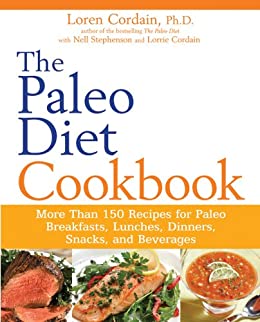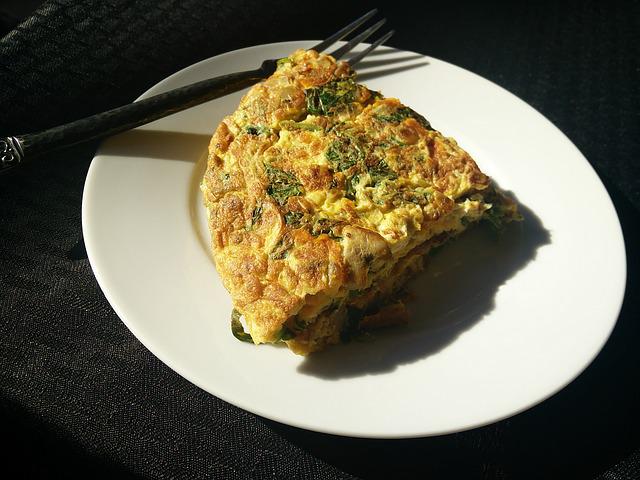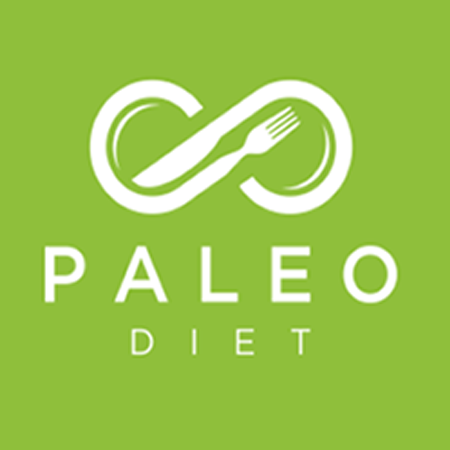
Dr. Loren cordain, a nutritionist and exercise physiologist, is a well-known advocate for the Paleolithic diet. However, there are many misconceptions about Paleolithic eating habits. Let's take a look at some of the myths that surround this diet and see why it is so important to choose healthy foods. Here are some of the biggest myths associated with this diet.
Dr. Loren Cordain
Dr. Loren Cordain, a world-renowned authority on human evolution is well-known. He has been on the front page at The New York Times and Wall Street Journal as well as Dateline NBC. He is also the leading expert in natural human nutrition. He has published more than 100 peer reviewed scientific papers on the topic and has done groundbreaking research about the health benefits of eating food derived from Stone Age ancestors.
Dr. Cordain's research focuses on the evolutionary and anthropological bases of our diets. Many of his publications examine the nutrient composition of wild plant and animal foods consumed by early humans. He is the world's foremost authority on Paleolithic diets, and has given numerous lectures on the subject. His books are well-received and highly regarded. To learn more about Dr. Cordain, read his biography.
His research

Prof. Loren Cordain's research has uncovered a link between diet and certain diseases of modern civilisation. Stone Age people consumed less sodium, potassium, and other modern diseases. The Middle East also had a higher intake of fruits and vegetables. This could be why modern civilisation has some of the most common diseases. But if diet is just a small part of the problem, why haven't we been eating more fruits and vegetables?
Paleo is one of today's most popular health movements. It discourages grains, whole grains and legumes, as well dairy, processed foods, and vegetable oil. Researchers have repeated the same recommendation. Paleo diets have been shown to be more beneficial than conventional diets for improving your immunity system and overall health. Although Dr. Cordain does not claim that humans could live without these foods, the research shows that many people can benefit from them.
His book
This book is essential reading for anyone who wants to learn the science behind Paleolithic food. American scientist Loren cordain is an expert in exercise physiology, nutrition, and other related topics. His book Eat to Live, which he wrote, is the first to be published by a leading Paleolithic nutritionist. Cordain's methods are not popular with everyone, but he is supported by numerous studies.
Loren Cordain is an associate professor at Colorado State University. He is also a world-renowned expert in exercise physiology and nutrition. He has collaborated with world-renowned scientists in the development of the Paleo Diet. This is the first book that was written by the founders and advocates of this diet. In the book, he explains how the Paleo Diet changed our lives. This book is your chance to transform your diet.
His views on nutrition

One of Dr. Cordain's biggest contributions to modern health is the science of diet. He holds a PhD in health sciences from the University of Utah. He has taught at Colorado State University since 1982. He has been featured in Dateline NBC, the Wall Street Journal, and the New York Times, and he is regarded as one of the world's foremost authorities on natural human diets.
Cordain gives valuable insight into the advantages of the paleolithic lifestyle by looking at its history. Paleo was introduced by Dr. Boyd Eaton and has since become one of most popular dietary trends. Dr. Cordain continues to study the benefits of this diet on health in all ages, as well as children. He also discusses legumes, dairy and carbohydrates to reveal the truth of what our bodies are designed to eat.
His critics
In their criticism of Loren Cordain's Paleo Diet, critics cite numerous facts and examples to show that this diet is not healthy. Even though lean meats contain a lot of protein, the diet lacks vital nutrients such as calcium and salt. Additionally, the body does not receive protective nutrients like vitamin A or omega-3 fatty acid.
FAQ
Do I need any special equipment to cook?
You don't require any special equipment to learn how to cook. However, having the right tools can make cooking easier. To make pasta easier, you can use a knife to cut the pasta and a whisk to whip up egg whites to stiff peaks. You can make cooking more enjoyable and easier by having the right tools.
How Long Does it Take to Become a Chef? What's the average career path for a chef?
It takes five years to become a chef. In this period, you will learn basic cooking skills and experience as a kitchen assistant. After you've completed your training you can apply to be a line cook or sous chef. The salary range for a chef is between $25,000 to $60,000 per annum.
Who is the best path to a career in chef work? What are the best ways to start your career as a chef.
An apprenticeship is a good way to start your career as a chef. Apprenticeships allow you to work for several years without paying any tuition fees. After your apprenticeship, you may apply for a role as a sous chef. Sous chefs work with cooks to prepare dishes and supervise them. They also supervise the operation of the restaurant.
What's the best way to keep leftovers safe?
Tupperware containers are a good choice for leftovers. These containers protect food from spoilage and keep it fresh. They keep foods warmer for longer. Leftover food can be frozen in freezer bags. When freezing food, place the bag inside another freezer bag so that air doesn't escape. Once the food has been frozen, transfer it into an airtight container such as a zip lock bag.
How do I learn how to cook like an expert?
Cooking is a great way to improve your life. Being able to cook healthy food is a great skill to improve self-confidence. Learn how to cook healthy food at home. First, find out which recipes appeal to you. Read books about various foods such as Chinese, Mexican, and Italian. Finally, learn how to make different dishes until you are comfortable with them.
Statistics
- under 10 Kids have been taught that there is special food just for them, and Fiese says that 10 percent of kids will throw a tantrum if they don't get the food they want. (washingtonpost.com)
- According to the BLS, chefs earn $58,740 a year. (learnhowtobecome.org)
- In the United States, the category is estimated at $23.2 billion annually and is growing faster than the market. (washingtonpost.com)
External Links
How To
How to make an omelet that is perfect
Omelets are one of my favorite foods to eat at breakfast. But how do they turn out so perfectly? I've tried many recipes and different methods but none have worked. So I wanted to share some tips and tricks so that you can make delicious, fluffy omelets every morn.
Before we start making omelets, let's remember that eggs are temperamental. The eggs must be fresh from an organic source and kept at room temperature until they are ready to be cooked. The yolks and whites will not form properly if they aren't kept cold enough. This will make your omelets appear strangely colored. If you want to make omelets right away, it's best not to use eggs that are too cold.
Another tip is to separate the egg before adding it to the pan. It is important not to allow any white to mix with the yolk as this could lead to the omelet becoming curdled.
If you add the egg directly onto the stovetop, you might end up burning the bottom part of the egg, which would ruin the texture of your omelet. Instead, microwave the egg for 10 seconds before adding it to the pan. The heat from the microwave cooks the egg just enough without overcooking it.
Let's now talk about mixing eggs. Mix eggs well together. To do this, take the bowl from the mixer and flip it upside-down. Next, shake the bowl vigorously. This allows the air to be whipped and the egg to be mixed thoroughly.
The fun part is now - adding the milk to the mixture. Fold the eggs in the milk mixture by first pouring half of it into the egg whites. Do not be alarmed if there are still egg streaks visible. Once the omelet flips, these streaks will disappear.
After you have folded your eggs, heat up the oil on medium heat. Wait for it to get hot. Once the oil has gotten hot, add 1/4 cup of butter and swirl it around so that the entire pan is coated. Open the lid and sprinkle salt on the pan. Salt will prevent the omelet sticking to the pan.
Cover the pan once you have formed the omelet. Wait for the top to set. Use a spatula to flip the omelet or turn the pan upside-down. Cook the other side for about a minute. Take the omelet out of the pan and immediately serve.
This recipe is best when used with whole milk. But, you can use skimmed milk as well.